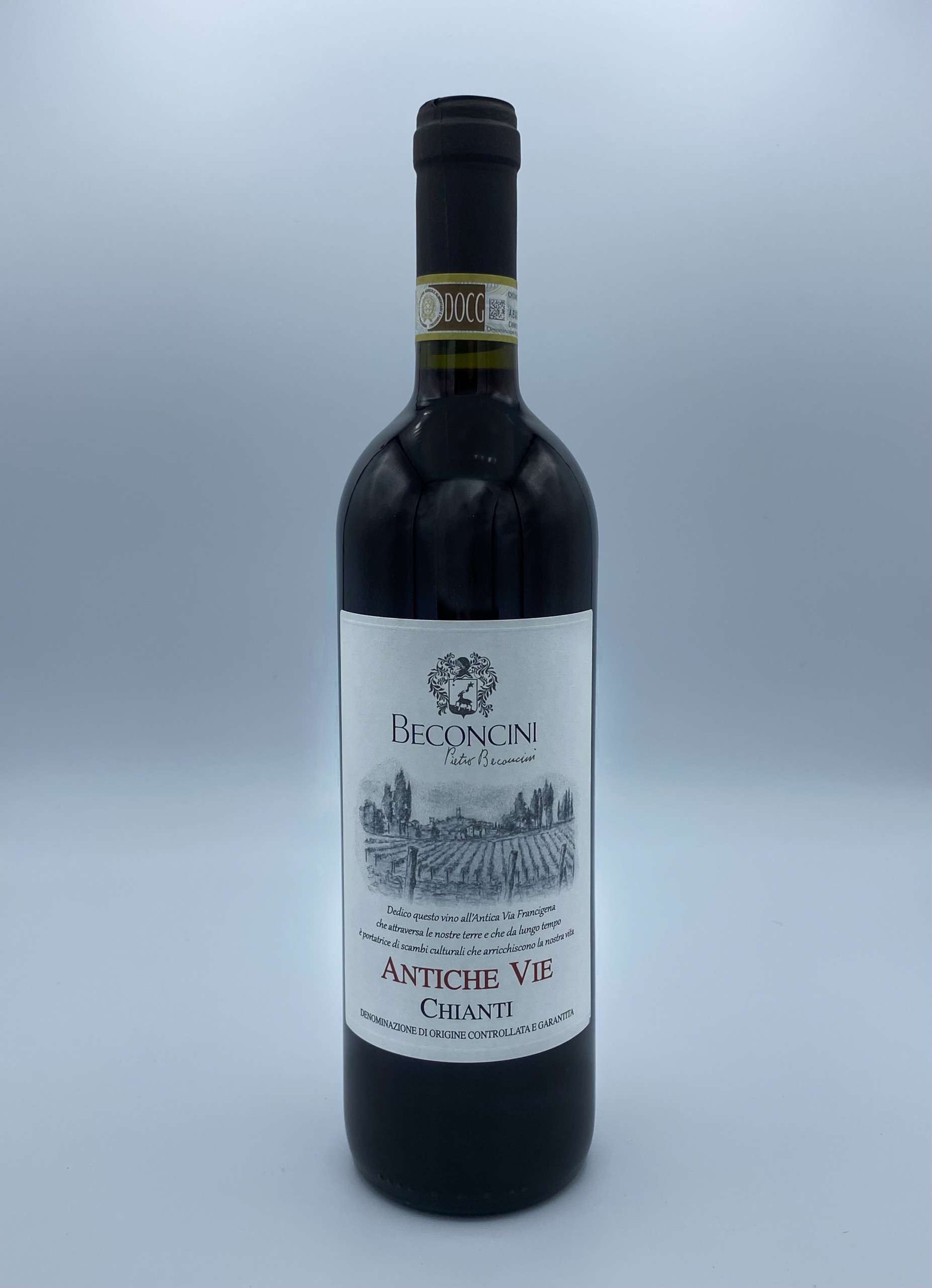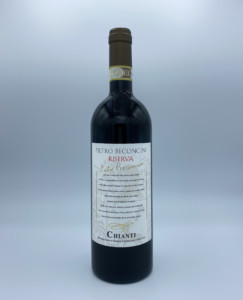Pietro Beconcini
About
Owners & winemakers: Leonardo Beconcini & Eva Bellagamba
Vineyards: 15ha
Vineyard management: Certified organic
Soils: Sandstone with Pliocene marine fossil formations and white clay
Grapes grown: Sangiovese, Malvasia Nera, Canaiolo, Colorino, pre-phylloxera Tempranillo, Malvasia Bianca, Trebbiano, Colombana
Annual production: 110,000 bottles
Quick facts:
- Leonardo is the fourth generation of his family to make wine here: his grandfather was originally a sharecropper and was one of the first to liberate himself from the then-prevalent system.
- The estate has rare ancient plantings of Tempranillo, likely brought by Spanish pilgrims on their way to Rome.
- “I was born here and these vines and this land are part of my history. I’m not an entrepreneur who just decided to make wine somewhere: I am a ‘vignaiolo’ who is trying to show the best and most interesting expression of my native grapes on this terroir.” – Leonardo Beconcini
Leonardo Beconcini’s grandfather purchased the property from the local gentry in the 1950’s. He and his family had been working this land for some time, and were one of the first in Tuscany to free themselves from the then-prevalent sharecropping system. They first turned the property into a polyculture operation, with Leonardo’s father Pietro later focusing the farm to viticulture (but keeping the olive trees!). Leonardo took over the reins in 1995, joined in 2001 by his partner Eva Bellagamba. He found his passion for winemaking at an early age, thanks to a childhood spent tagging along with his father and helping as much as possible in the vineyards and the cellar.
Since taking over, the majority of Leonardo’s work has been in gaining an in-depth understanding of the vineyards through patience and caution. Plantings have focused on two local clones of Sangiovese, as well as Malvasia Nera, which he considers Sangiovese’s faithful “traveling companion.” There are also ancient plantings of Tempranillo that appear to have been an accident of fortune: Spanish pilgrims on their way to Rome may have inadvertently left seedlings in the hills around San Miniato. After much study and experimentation, Beconcini became the first and only winery in Tuscany to produce wine from Tempranillo.
Today, the vineyards are certified organic. The soils are based on an ancient seabed dating back to the Pliocene era, rich in clay and marine fossils, which helps create wines with freshness and aromatic complexity. The proximity to the sea, as well as the three rivers (Arno, Elsa, and Egola), allows for constant breezes and optimal ventilation for the vines.
“With respect to the winemaking process in the cellar, which I consider scarcely 10% of my effective work, I consider myself an out-and-out tradionalist,” Leonardo asserts. Wines are spontaneously fermented in concrete tanks, and oak (both barriques and large old barrels) is only used for maturation. Eva and Leo believe strongly in extended skin maceration to confer character and personality to the wines: some of the top cuvées might macerate for up to 60 days.
“From the beginning of this project, we’ve never looked at pre-existing styles,” Leonardo explains. “We live in a corner of Tuscany that’s not particularly famous, and we try to create the most local expression possible, wines that show our personality. The vinification has always been the natural continuation of our obsessive work in the vineyards.”






